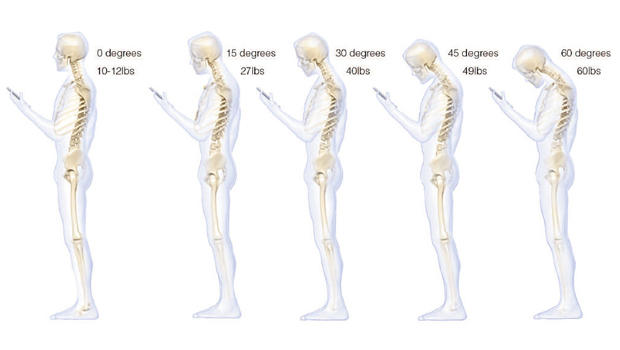An Outline Of Patellar Tendinitis was originally published on David Prew
Outline of injury Performing repetitive jumping activities like when playing basketball and volleyball can lead to tendinitis in the patella (tendon) ligament. This is also known as jumper’s knee. The repeated pressure place on the tendon over time can lead to swelling and pain. The pain will appear just below the knee cap. What are the common causes? The impact of repetitive jumping, also running and kicking activities. Untreated minor injury to the patella tendon. Symptoms Swelling and pain from the patella tendon, this will be felt just below the knee cap. All around the tendon will feel tender. If left untreated the tendon can rupture, this may also cause damage to the surrounding tissue. Here’s a great article from Airrosti it better describes the injury then i have. Patellar Tendinitis Treatment Patellar tendinitis affects the tendon that connects your kneecap, also known as your patella, to your shinbone. This tendon plays a key role in the way your leg muscles work. It helps extend your knee so that you can kick, run, and jump. Patellar tendinitis is common in, but not limited to, athletes whose sports require a lot of jumping. For this reason, patellar tendinitis is commonly known as jumper’s knee. The first sign of patellar tendinitis is pain. The pain is usually located on the tendon between your kneecap and the shinbone. The pain usually starts gradually and worsens with continued use. Initially the pain usually presents itself after beginning physical activity or after a workout. If left untreated, it can progress to the point where it interferes with sports performance or even daily tasks such as climbing stairs. Patellar tendinitis occurs when repeated stress is placed on your patellar tendon. The stress causes tiny tears in the tendon. While the body is trying to repair these tears, it often becomes inflamed and irritated, leading to pain. These tiny tears can also weaken the structure of the tendon. To see the full article please click here Patellar Tendinitis Treatment | Jumper’s Knee Pain | Airrosti Here’s how I go about treating patellar tendinitis when I get it: Treatment: Use the R.I.C.E.R. method and or Anti-inflammatory drugs can be used to reduce swelling and pain. Rehabilitation and Prevention: Relieve pressure on the patella tendon by stretching the quadriceps, hamstrings and calves. Performing a proper warm-up and stretching routine before putting pressure on the patella tendon can help prevent the condition. Wearing a patella tendon strap, (please click here to see our range of straps for sale) just below the knee, can help to alleviate the pain. Prevention of this condition requires strong quadriceps and a good balance of strength between the muscles that surround the knee. If treated straight away a full recovery should be expected. Check out this video by Bob Schrupp and Brad Heineck as they demonstrate how to treatment Patellar Tendonitis. They’re a bit goofy but it’s worth watching! Thank you Bob Schrupp and Brad Heineck for making this great video Check out their youtube channel here So ...

